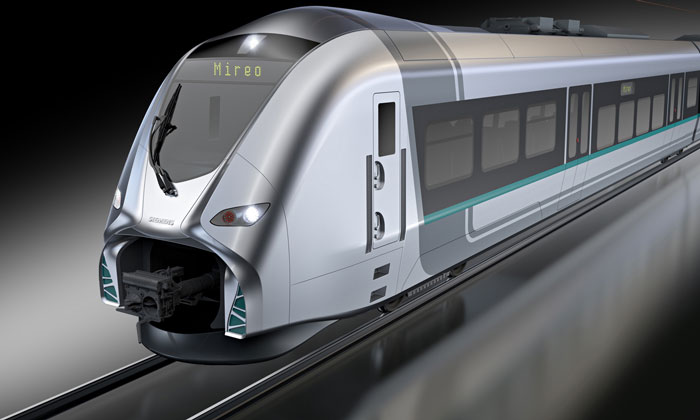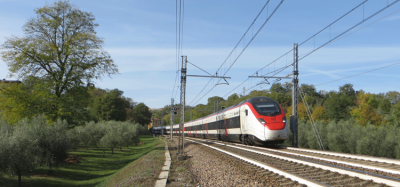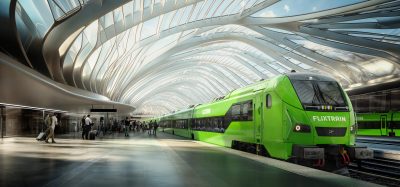Joint fuel cell drive for trains project receives funding
Posted: 26 February 2018 | Global Railway Review | 1 comment
Siemens and Ballard Power Systems are jointly developing fuel cell drive for trains and have recently received funding approval for the project…


The German Federal Ministry for Transportation and Digital Infrastructure (BMVI) is supporting the joint Siemens and Ballard Power Systems project with funding of approximately €12 million.
Working together, the two companies intend to develop a fuel cell drive for the Siemens Mireo train platform, and with it create a new generation of fuel cells with an especially long lifecycle and high-power density; improving efficiency. RWTH Aachen University is also a partner in the research project.
The project funding has come from the Ministry’s ‘National Hydrogen and Fuel Cell Technology Innovation Program’. The programme will be coordinated by the National Organisation for Hydrogen and Fuel Cell Technology (NOW GmbH).
“We are seeing a rapid rise in demand for CO2-free fuel cell technology. This applies to all sectors of passenger and freight transport,” said Randy MacEwen, President and CEO of Ballard Power Systems.
The long-term goal of the cooperation is to develop a modular and scalable traction system with fuel cells that will be integrated into the Mireo train platform. With such a system, the Mireo would flexibly operate in various ways – battery-electric as well as on routes without overhead lines – with the help of hydrogen-fuelled trains. The fuel cell technology is to be ready for service by 2021 and its integration in additional vehicle platforms will follow.
“Our cooperation with Ballard marks a decisive step, being taken to replace diesel-powered rail vehicles with emission-free vehicles in order to provide sustainable and climate-friendly mobility over the long term. We want to be able to offer our customers flexible train solutions – that vary depending on regional conditions and technical possibilities – for different types of local rail routes,” said Sabrina Soussan, CEO of the Siemens Mobility Division.
The new Mireo regional and commuter platform from Siemens was specially developed for sustainable and flexible operations and is predestined for the testing of an alternative drive system. Thanks to its lightweight construction, energy-efficient components and intelligent electrical system management, the Mireo uses up to 25 per cent less energy compared to trains with similar passenger capacity.
OUT NOW: The Definitive Guide to Rail’s Digital Future
The rail industry is undergoing a digital revolution, and you need to be ready. We have released our latest market report, “Track Insight: Digitalisation.”
This is not just another report; it’s your comprehensive guide to understanding and leveraging the profound technological shifts reshaping our industry. We move beyond the buzzwords to show you the tangible realities of AI, IoT, and advanced data analytics in rail.
Discover how to:
- Optimise operations and maintenance with real-time insights.
- Enhance passenger services through seamless, high-speed connectivity.
- Leverage technologies like LEO satellites to improve safety and efficiency.
Featuring expert analysis from leaders at Nomad Digital, Lucchini RS, Bentley Systems and more, this is a must-read for any rail professional.
Related topics
Infrastructure Developments, Rolling Stock Orders/Developments, Sustainability/Decarbonisation








This is my reply to Hydrogen gas in cylinders at say 700 bar.Do not use Hydrogen gas at 700 bar, but use H3N Ammonia as a Liquid, then crack it in your traction unit, to make Hydrogen gas at 1 bar for your fuel cell . This is why the Chinese are the 2nd largest inporters. of LNG, to reform into Hydrogen, then into Ammonia, then back into Hydrogen, for fuel cells.